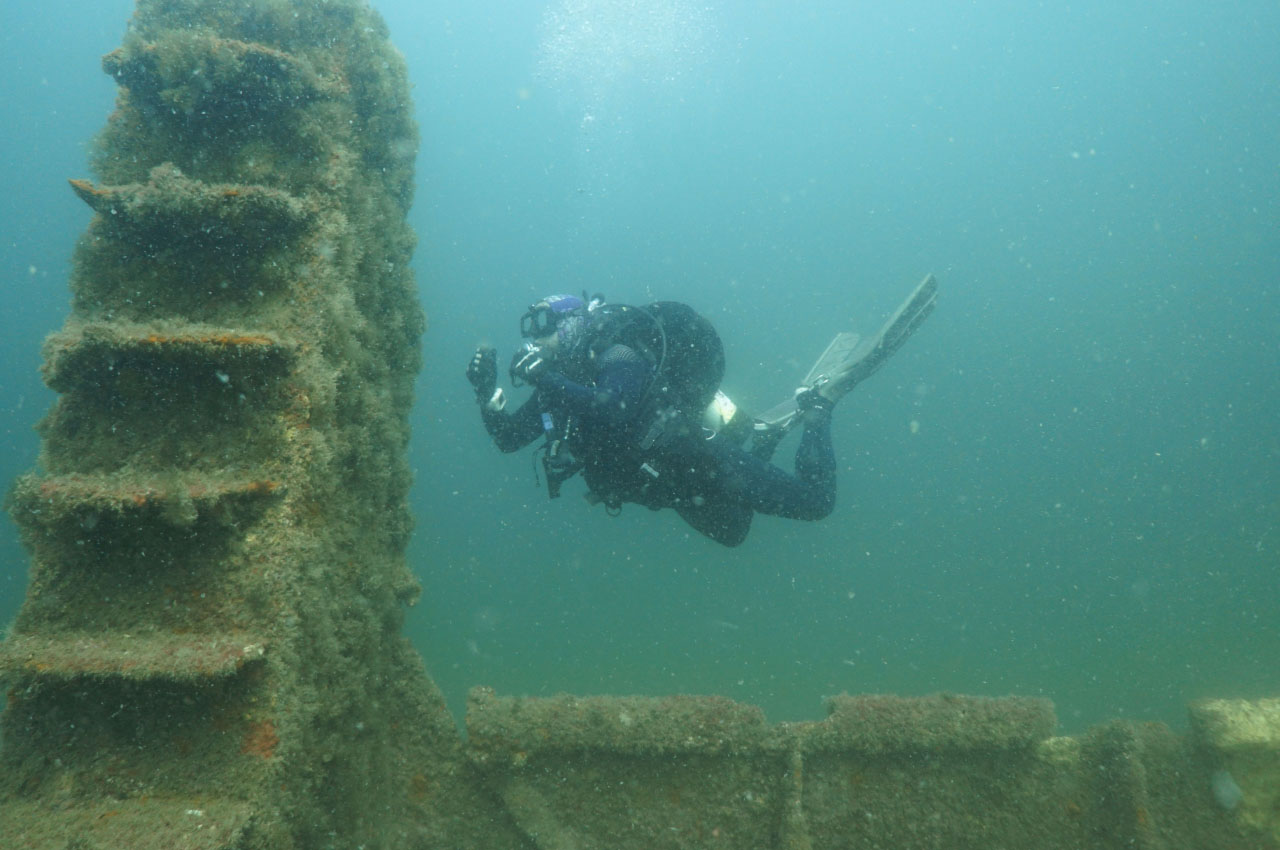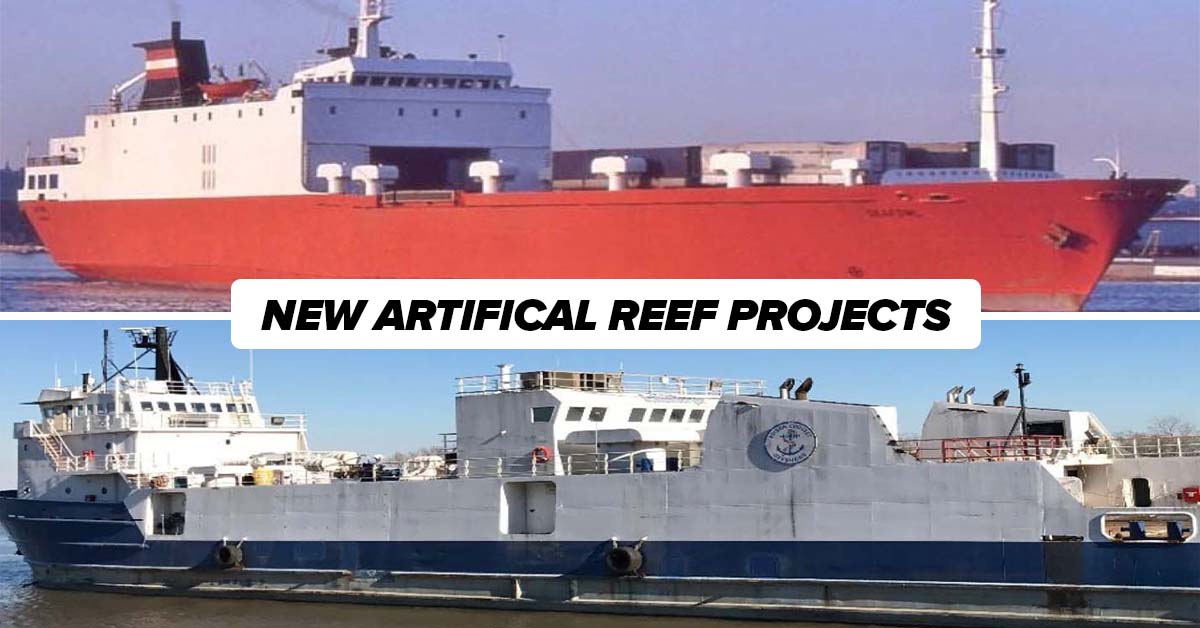
Okaloosa's plan to make Destin-Fort Walton Beach the dive capital of Florida, including reefs in Choctawhatchee Bay
Making Destin-Fort Walton Beach the dive capital of Florida and maintain its status as a premier fishing destination.
 www.getthecoast.com
www.getthecoast.com
The Okaloosa County Tourism Department has put a heavy emphasis on water-based activities throughout Destin-Fort Walton Beach.
Now, the Tourist Development Department has outlined a 5-year plan to make Destin-Fort Walton Beach the dive capital of Florida, while maintaining its status as a premier fishing destination.
The plan to increase the role of artificial reefs in tourism
The plan to increase the role of artificial reefs in tourism includes an investment of $12 million in strategic artificial reef deployments over the next 5 years from a combination of TDD, State, and Federal funding.
Using a combination of Natural Resource Damage Assessment funds and RESTORE funding, $4 million would be used to deploy modular concrete artificial reefs within the County’s inshore, nearshore, and offshore permitted reef areas.
These reefs will be planned around existing resources to enhance aging (15 to 30-year-old) artificial reefs.
The TDD will continue to apply for $60K FWC grants, as well.
The Coastal Resource Team would also continue to receive and deploy donated materials in conjunction with these proposed artificial reef deployments.
Large vessel deployments
$8 million would be invested in the purchase, preparation, transportation, and deployment of large vessels as artificial reefs.
$2 million would be expended for the first year (FY 21-22).
$1.5 million per year for the next four years.
Implement an inshore (Choctawhatchee Bay) reef program.
Few reefs have been deployed in bays and estuaries throughout the state. Based on the plan from Okaloosa’s Coastal Resource Team, this will be the only active inshore reef program in the state.
“Not only will it provide a site that can be easily accessed on days with unfavorable sea conditions in the Gulf of Mexico or by members of the community who are unable to take their vessel offshore, but it will provide hard substrate for encrusting organisms like oysters which help clean the bay,” said Fogg.
This initiative involves permitting (currently underway) three areas and completing deployments at all three sites in five years.
Develop high resolution and highly visible imagery
The final part of the plan includes the development of high resolution and highly visible imagery and information about the reefs.
This could include:
Additional 3-D renderings of the reefs and interactive models to be featured on the website.
Development of multibeam sonar maps that can be imported into most onboard chart plotters and cell phones.
Travel books that discuss the reef program and how to access or finds the reefs.
Launching a national campaign for each of the large vessel projects as they are deployed.
Creating a marketing campaign that discusses the diverse fishing and diving opportunities created due to the largest artificial reef program in the State of Florida.



